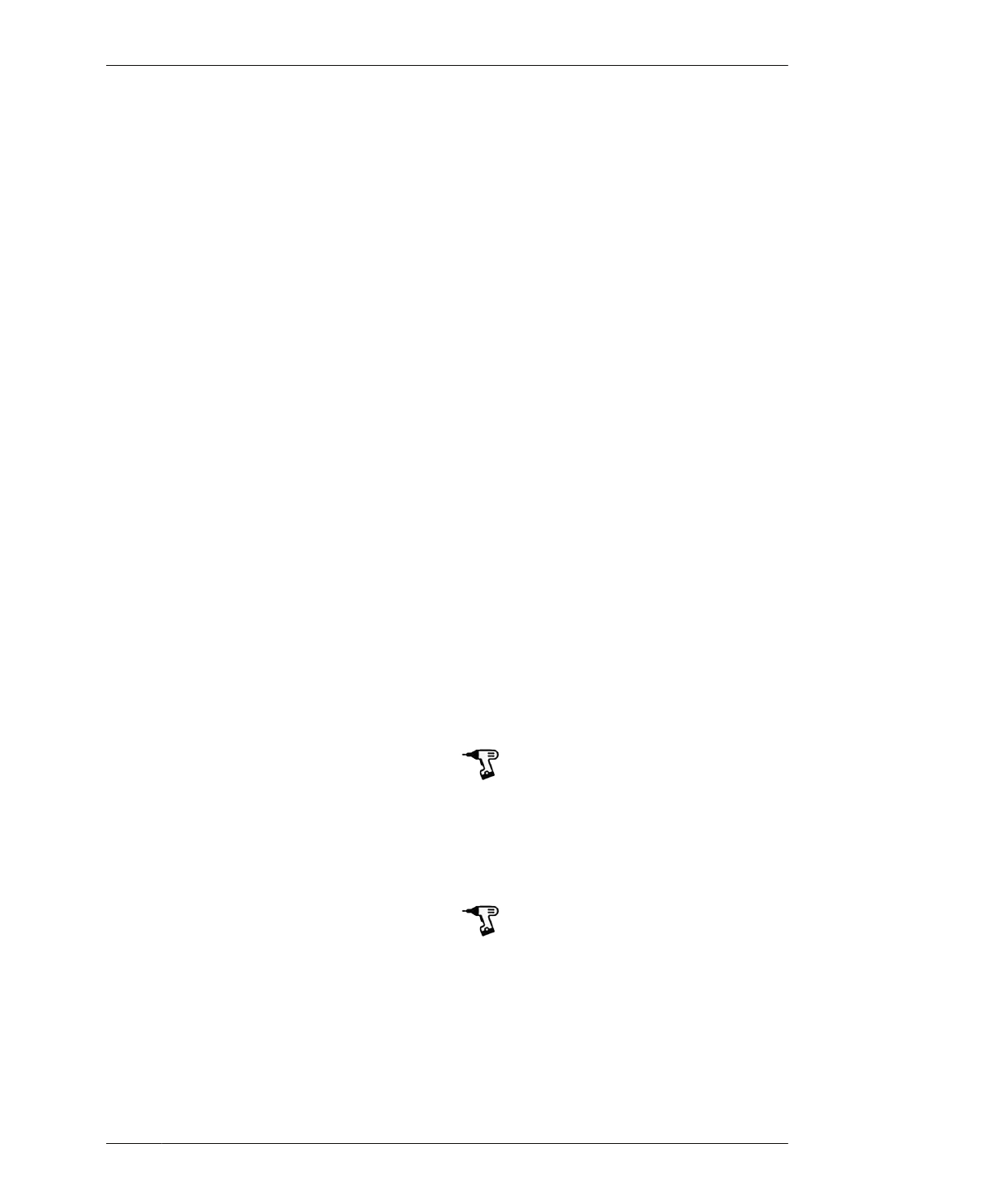
NOMINAL THICKNESS
ded finishes, without warping, knots, checks,
and voids.
Cabinet Grade
Also called hardwood plywood and intended for
cabinetry or other visible applications, these
sheets have thin hardwood veneers and 7–9
softwood or composite interior plies. They are
more expensive than construction-grade ply-
woods, but typically have far less warping,
knots, checks, and voids, making them the
ideal starter material for CNC-fabricated furni-
ture.
The term “hardwood plywood” refers to the
type or species of wood used, such as maple,
birch, or oak. It is also frequently used to indi-
cate an “attractive veneer.” If a top-quality soft-
wood veneer such as cedar or knotty pine is
used, that sheet is still called hardwood ply-
wood.
Architectural Grade
The highest end plywoods are comprised of 9–
15 very thin, typically Baltic birch, veneer plies.
Often called multiplex, such products are
undoubtedly the ideal material for fine CNC fur-
niture, and at double the cost of cabinet grade,
they are also the most expensive. The thin
plies, however, offer durable, refined edges.
There are numerous options for unfinished and
prefinished hardwood face veneers and lami-
nates.
NOMINAL THICKNESS
Here’s where the real complication comes in:
plywood is almost never as thick as labeled and
described. Lumber dimensions have nominal
thickness, which differs from actual thickness.
Like 2×4s that are never really 2″x4″ (they’re
closer to 1.5in x 3.5in), three-quarter-inch ply-
wood is rarely actually ¾″ thick. Sheet goods
are almost always thinner than specified, but
not consistently so. A sheet of ¾″ Douglas fir
plywood is almost never the same thickness as
a sheet of ¾″ Baltic birch. And a sheet of ¾″
Baltic birch from one mill may not be the same
thickness as a sheet from a different mill.
In addition, wood in general is a “living” mate-
rial and can change dimensions based on tem-
perature, humidity, and manufacturing
techniques. Plywood from a particular mill may
vary between batches, and even the sheets
within a bundle of plywood can vary from the
top to the bottom and from day to day because
of environmental changes. It can even vary
within an individual sheet—a sheet in the mid-
dle of a stack will generally gain and lose mois-
ture in the edges but not on the faces.
For projects where pieces need to fit together
accurately for aesthetics and/or strength, not
knowing the precise thickness of your material
poses a challenge. However, if you select your
materials by choosing clear, flat sheets and
measuring to find ones that have some dimen-
sional consistency, you can manage the rest of
the process. In later steps, you can treat mate-
rial thickness as a fundamental variable that
you need to plug into a very basic “measuring
and scaling” equation.
Metric Versus Imperial
Like socket and wrench sets, plywood is man-
factured in both Metric and Imperial sizes—
and just like those tool sets, the approxima-
tions can be “close,” but are not necessarily
equivalent.
We’ve put together a list of tested and recom-
mended materials and additional sourcing
information in Appendix B.
05/PRECISION-FIT PLYWOOD JOINERY
129
